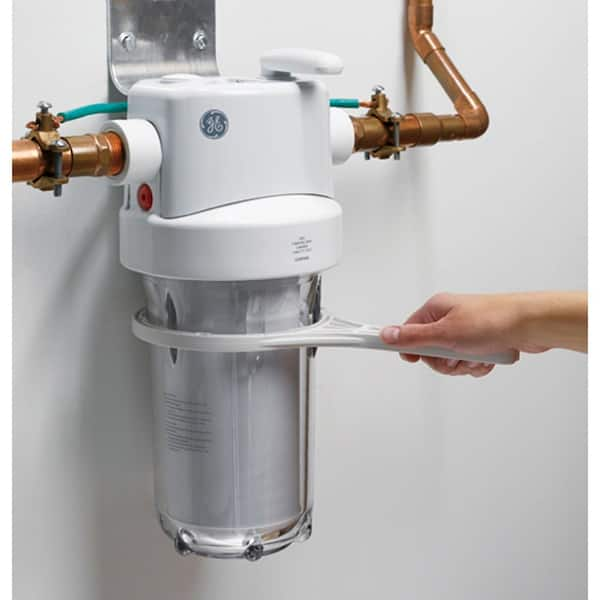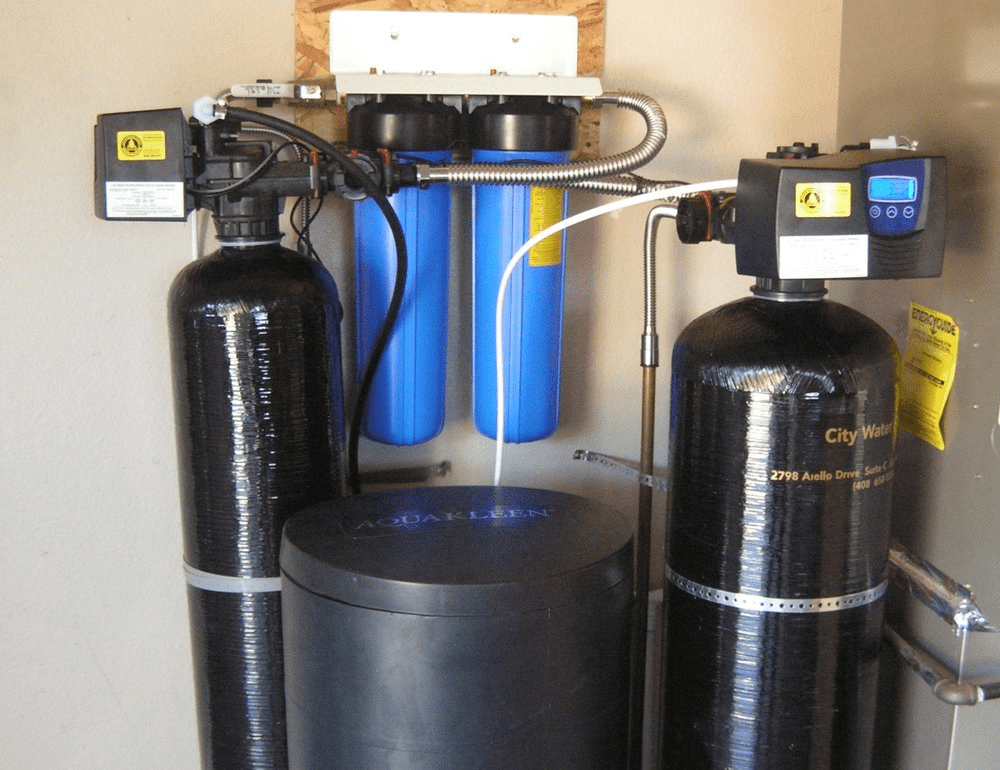What are the Benefits of Using a Whole Home Water Filter?
What are the Benefits of Using a Whole Home Water Filter?
Blog Article
This post following next pertaining to What is a Whole House Water Filter and How Does It Work? is absolutely stimulating. Check it out for yourself and see what you think of it.

Whole home water filters are the best alternative for individuals that are interested in having a house that provides clean, drinkable water. Together with offering high quality alcohol consumption water throughout the house, a whole home water filter likewise supplies advantages such as getting rid of contaminations that create spotting in water that is made use of to wash meals. Unfiltered water can likewise cause issue such as rusting plumbing as well as appliances, messing up garments that is washed as well as discolor sinks or showers. Although whole home water filters are typically used in domestic homes, they can also be an effective option for houses or offices.
At first, it may appear that entire residence water filters would certainly be very costly when compared to other filter options, but they are in fact an extremely economical option for water filtration. The rate series of these water filters is huge, beginning at two hundred dollars and setting you back as high as one thousand dollars. The price of the filters is dependent upon their dimension, product as well as life expectancy. This may seem like a very high price, but when compared to other filter options, it is in fact really economical because of the quantity of filtering system that it offers.
Whole residence water filters cleanse water in the exact same fashion that filters, such as counter top or under sink filters, do. The difference is that it requires just one filter, which is attached to the major water resource, instead of requiring several water filters to be attached to various gadgets. As with the various other filters, entire house water filters detoxify tap water forcibly it with several various stages of filtration. Among the stages is carbon filtration. Carbon is a reliable technique of filtering water due to the fact that it is porous and also has the ability to get rid of little and big impurities. Carbon is crucial in eliminating unpredictable natural carbon compounds, which sometimes can cause serious damages to the liver, kidney or central nerves. Carbon likewise removes unsafe compounds such as pesticides, commercial solvents and pesticides.
One more essential action of the filtering procedure includes a process such as ionization or micron purification. This step gets rid of numerous impurities found in faucet water, as well as changes the water to terrific tasting, healthy and balanced drinking water. As pointed out earlier, the primary advantage of entire house water filters are that they supply filtered water throughout the house with using only one filter.
One more benefit of whole residence water filters is the lengthy life expectancy that they supply. A number of these filters last in between fifty as well as one hundred thousand gallons of water. For several, the main negative aspect of whole home filters is the higher than typical rate. Although these filters are very economical, they do require a big financial investment up front. Entire residence water filters can also call for a significant amount job to install.
How to Remove Iron Bacteria from Well Water
If your drinking water comes from a private well, you will likely experience issues with iron in your water. These issues can range from poor-tasting coffee to bright orange streaks in toilets and bathtubs. However, there’s an equally familiar but less understood problem linked to iron contamination: iron bacteria, also known as “iron-eating” or “iron-oxidizing” bacteria.
Iron is one of the most abundant minerals in the earth’s crust. As a result, elevated levels of iron are usually widespread in the groundwater that serves wells, often fostering the growth of iron bacteria in well water. These organisms can combine oxygen with iron, manganese, or other nutrients in the water to form a swampy sludge containing rust deposits, bacterial cells, and other organic and inorganic matter. This slimy residue then sticks the bacteria to pipes, pumps, plumbing fixtures, and appliances, causing clogging, foul tastes and odors, corroded pipes and plumbing fixtures, etc.
Well-water systems used infrequently or intermittently are typically more prone to iron bacteria problems. To make matters worse, removing these organisms from your water can be complicated, which is why we recommend taking steps to prevent them from forming in your well in the first place. Luckily, this article explains a highly effective way to remove iron bacteria from well water. Let’s start by discussing what iron bacteria are and how they get into well water.
Signs of Iron Bacteria in Water
If your household water supply is contaminated with iron bacteria, you might notice several unappealing signs that may indicate iron bacteria presence. These signs may include:
Stains and deposits on plumbing fixtures, pipes, and appliances
One of the most common indicators of iron bacteria in well water is stains and deposits on plumbing fixtures, pipes, and appliances. Water containing these organisms will leave rust-colored slime stains and deposits in sinks and toilets and inside well casings. You’ll also notice stains on fixtures, tableware, laundry, and various surfaces, that keep coming back no matter your cleaning method or efforts. These stains can be grey, yellow, or brown but are often a reddish-orange rust-like color.
Discoloration
Water containing iron bacteria can have a yellow, red, or orange hue. Further, visible deposits that have a clumpy or slimy consistency are very likely to have been caused by the presence of iron bacteria. Iron bacteria deposits are widespread in toilet tanks. In many cases, the deposits will take the form of a slimy coating along the walls of the tank. If the bacteria have been in the water for a lengthy period, the deposits could float in the water.
Oily sheen on the water surface
A quick and easy way to check for the presence of iron and other slimy-producing bacteria is to look in the water closet tank of your toilet. If you see an oily sheen on the surface of the water and can feel a slimy residue on the inside of the tank, slime-producing bacteria are likely present in your water system. If you use disinfectant in your tank, evidence of these conditions might not be so apparent.
https://www.springwellwater.com/how-to-remove-iron-bacteria-from-well-water/

As a serious person who reads on Choosing Home Water Filters & Other Water Treatment Systems, I thought sharing that chunk was a smart idea. Liked our blog posting? Please share it. Let somebody else find it. Thank you so much for going through it.
Browse Our Site
Report this page